Powering Up Your Savings on Home EV Charging
Installing a Level 2 Electric Vehicle (EV) charger at home is a key step to enjoying the full convenience and cost-saving benefits of EV ownership in 2025. While there’s an upfront cost for the charger and professional installation, various federal, state, and local utility incentives can significantly reduce this initial investment, making home charging even more affordable. Understanding and leveraging these tax credits and rebates can make your transition to electric driving smoother and more economical. This guide outlines the types of EV charger incentives potentially available to homeowners in 2025.
Federal Tax Credit for EV Charging Equipment (Alternative Fuel Vehicle Refueling Property Credit)
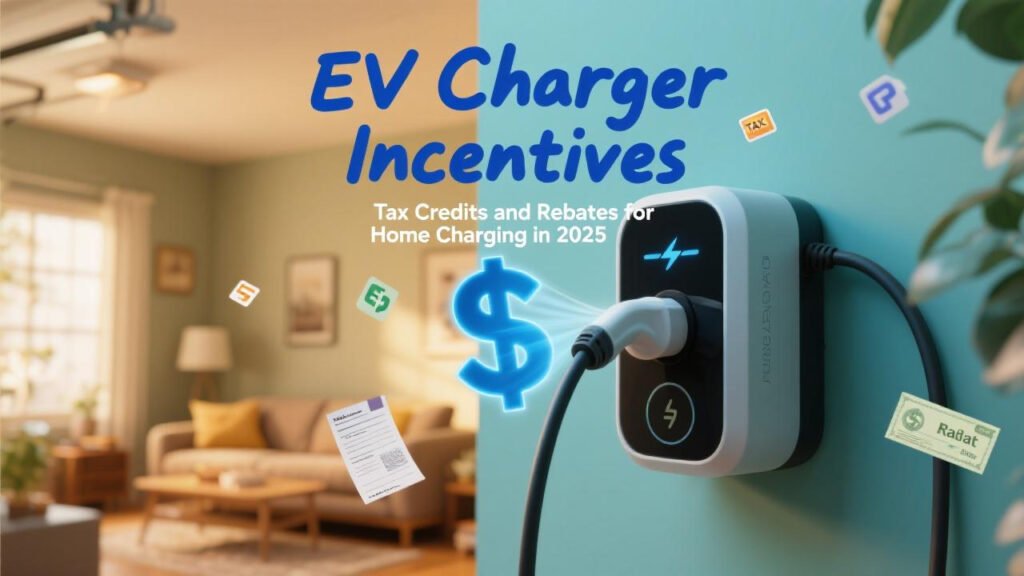
Historically, the U.S. federal government has offered a tax credit for the purchase and installation of qualified home EV charging equipment. This credit, often referred to as the Alternative Fuel Vehicle Refueling Property Credit (IRS Form 8911), has been extended and modified over the years.
- Current Status for 2025 (Based on Inflation Reduction Act Provisions):
- The Inflation Reduction Act of 2022 extended and modified this credit. For qualified alternative fuel vehicle refueling property placed in service after December 31, 2022, and before January 1, 2033, the credit is generally 30% of the cost, up to a maximum credit of $1,000 for property placed in service by individuals for personal use.
- Eligibility:
- The charging equipment must be for your primary residence in the United States.
- The credit applies to both the cost of the charger itself and installation expenses.
- Crucially, for property placed in service after December 31, 2022, the eligible property is limited to property placed in service in an eligible census tract. An eligible census tract is any population census tract that is a low-income community OR is not an urban area. The IRS and Department of Energy provide mapping tools to determine if your location qualifies.
- What to Do:
- Check Eligibility: Before purchasing, verify if your location qualifies under the census tract requirement for the enhanced credit.
- Keep Records: Save all receipts for the charger purchase and installation costs.
- File IRS Form 8911: Claim the credit when you file your annual federal income tax return.
- Important Note: Tax laws can change. Always consult the latest IRS guidelines or a qualified tax professional for the most up-to-date information regarding eligibility and claim procedures for 2025. Some analyses suggest that certain tax credits, including those for alternative fuel refueling properties, might face termination at the end of 2025 depending on legislative actions, so timely research is key.
State-Level EV Charger Rebates and Incentives
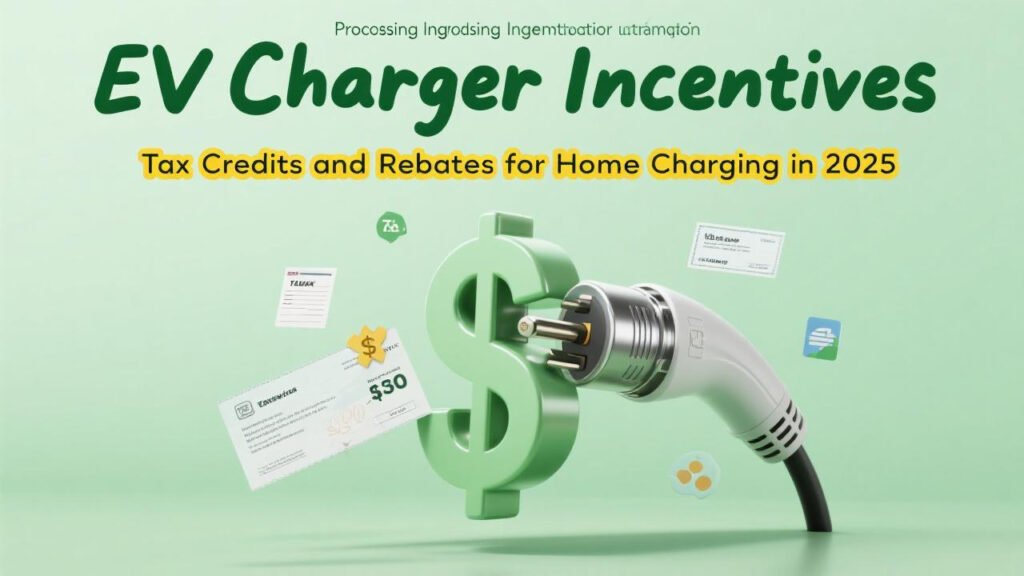
Many states offer their own incentives to encourage the adoption of EVs and home charging infrastructure. These programs vary widely:
* Rebate Programs: Some states offer direct cash rebates for the purchase and/or installation of Level 2 home chargers. The rebate amounts and eligibility criteria differ significantly.
* For example, California has had various programs like the California Electric Vehicle Infrastructure Project (CALeVIP), which sometimes includes residential components, though it’s often focused on public or multi-unit dwelling charging.
* Tax Credits: A few states might offer state income tax credits for EV charger installations, similar to the federal credit.
* How to Find Them:
* DSIRE (Database of State Incentives for Renewables & Efficiency): This is an excellent resource (dsireusa.org) to search for incentives in your specific state. Look under categories related to vehicles or transportation.
* State Energy Office Websites: Your state’s energy office or environmental agency website is often a good source of information.
* Automaker Resources: Sometimes EV manufacturers compile lists of state and local incentives.
Local Utility Company EV Charger Rebates
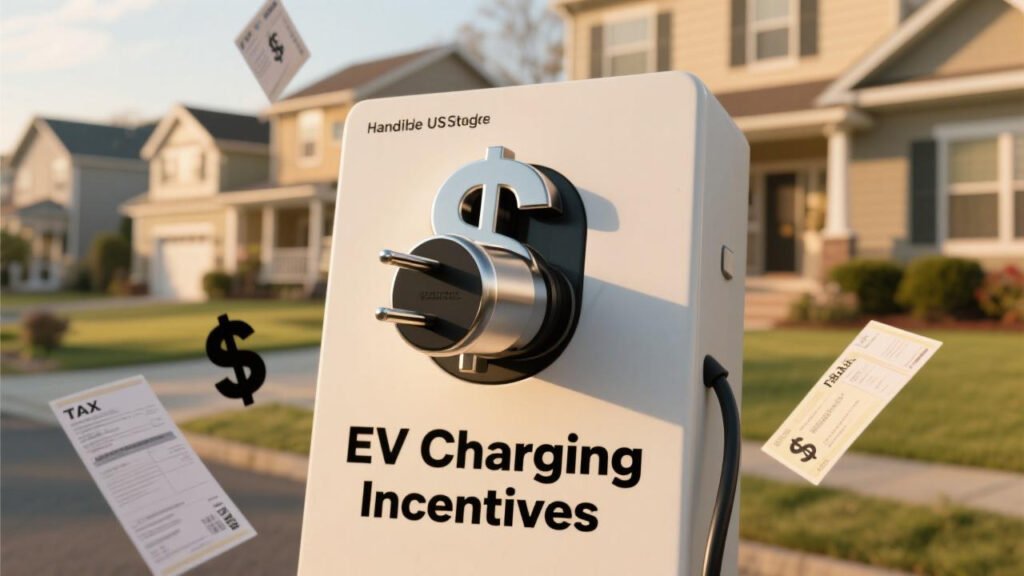
Don’t overlook your local electric utility! Many utility companies offer rebates or special programs for customers who install Level 2 EV chargers at home. These are designed to encourage off-peak charging and help manage grid load.
* Typical Offers:
* Charger Rebates: A direct rebate on the purchase price of a qualified smart Level 2 charger.
* Installation Rebates: A rebate to help cover the cost of professional installation.
* Special EV Charging Rates: Some utilities offer discounted electricity rates for EV charging, especially during off-peak hours, if you enroll in a specific EV rate plan. This often requires a smart charger that can be scheduled.
* “Make-Ready” Programs: In some cases, utilities might cover a portion of the electrical upgrades needed to prepare your home for an EV charger (e.g., panel upgrades or wiring to the meter).
* How to Find Them:
* Visit Your Utility’s Website: Most utilities have a dedicated section for EV owners or energy-saving rebates.
* Call Your Utility: Speak to a customer service representative about available EV charging incentives.
* The DSIRE database may also list some utility programs. For example, in California, utilities like LADWP, Modesto Irrigation District, and Redding Electric have offered EV charger rebate programs.
Combining Incentives (Stacking)
In many cases, you may be able to “stack” multiple incentives. For example, you might be eligible for:
* The federal tax credit.
* A state rebate.
* A local utility rebate.
Always check the terms and conditions of each program, as some may have restrictions on combining with other offers. However, taking advantage of all available incentives can dramatically reduce your out-of-pocket costs for setting up home EV charging.
Important Tips for Claiming Incentives:
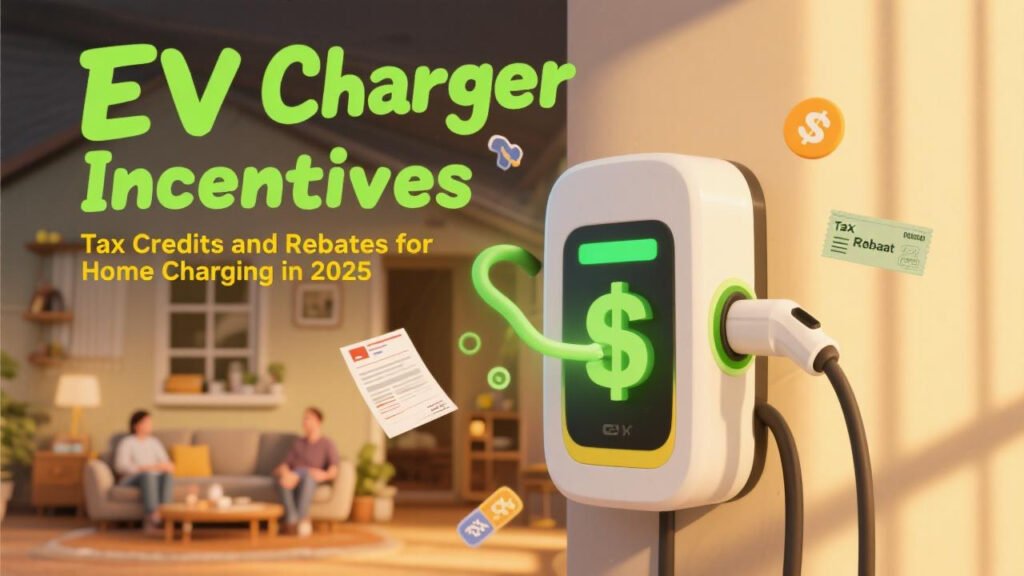
- Check Eligibility Before You Buy/Install: Ensure the charger model you choose and your installation plan meet all the requirements for any incentive you plan to claim. Some programs require pre-approval or the use of specific qualified equipment or installers.
- Keep Detailed Records: Save all invoices, receipts, product specification sheets, and installation documents.
- Note Deadlines: Many rebate programs have application deadlines or are funded on a first-come, first-served basis until funds are depleted.
- Work with Knowledgeable Installers: Experienced electricians who frequently install EV chargers are often aware of local utility rebates and can sometimes assist with the application process or provide necessary documentation.
Reducing the Cost of Convenient Home Charging
Installing a Level 2 EV charger at home is a smart investment for any EV owner in 2025. By taking the time to research and apply for available federal, state, and local utility incentives, you can significantly lower the upfront costs associated with purchasing and installing your charger. These programs are designed to make the transition to electric mobility more affordable and accessible. Always consult official program websites and tax professionals for the most current information to ensure you maximize your savings.

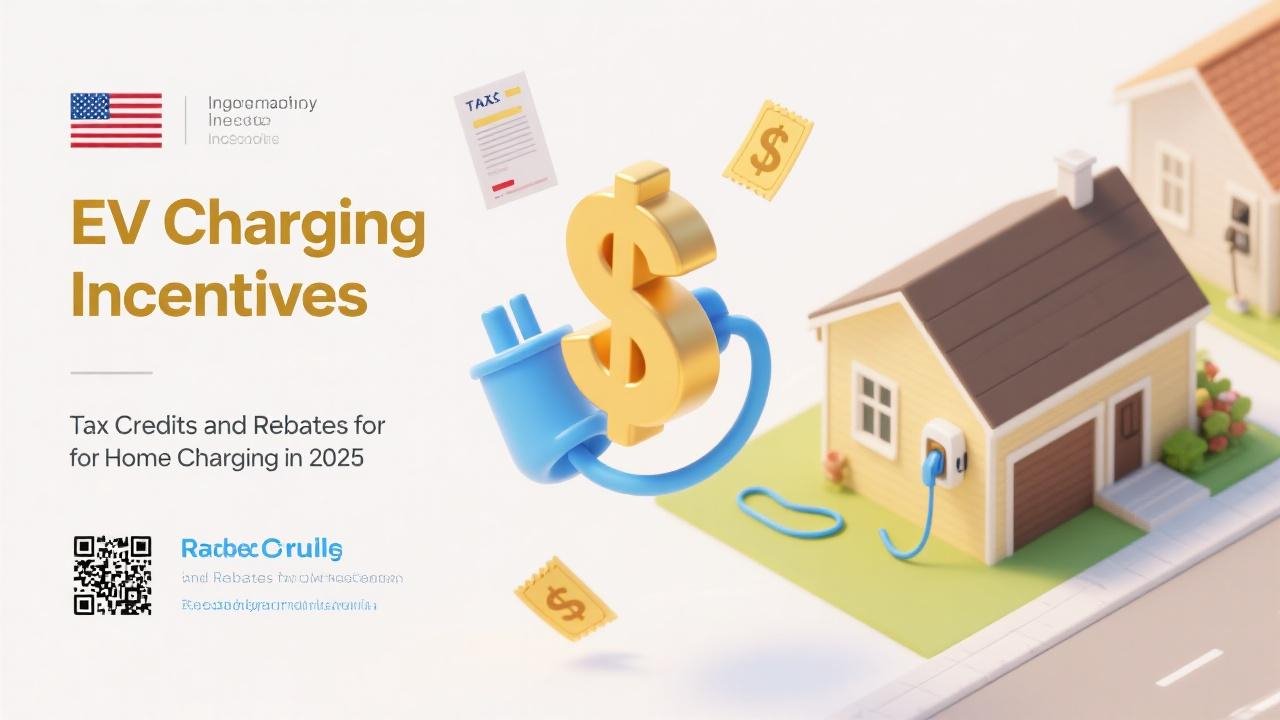
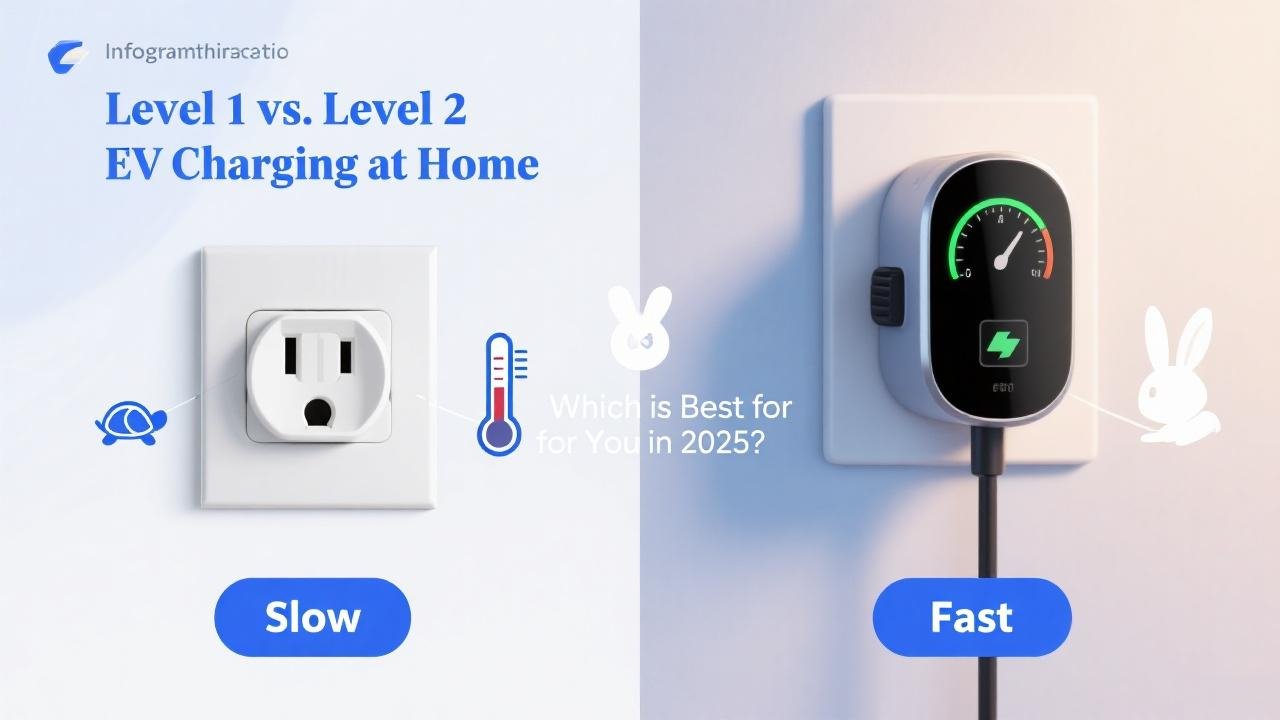
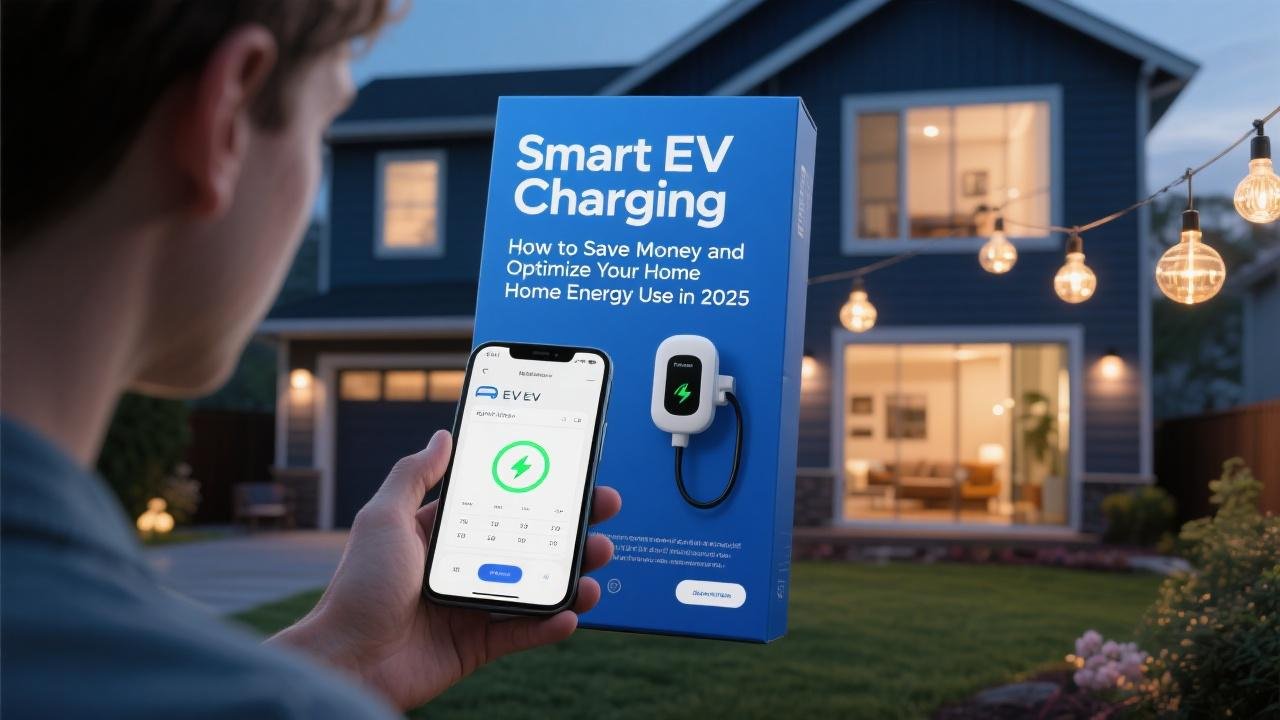
Pingback: The Future of EV Charging: Trends to Watch in 2025 and Beyond - EnergySave Pro